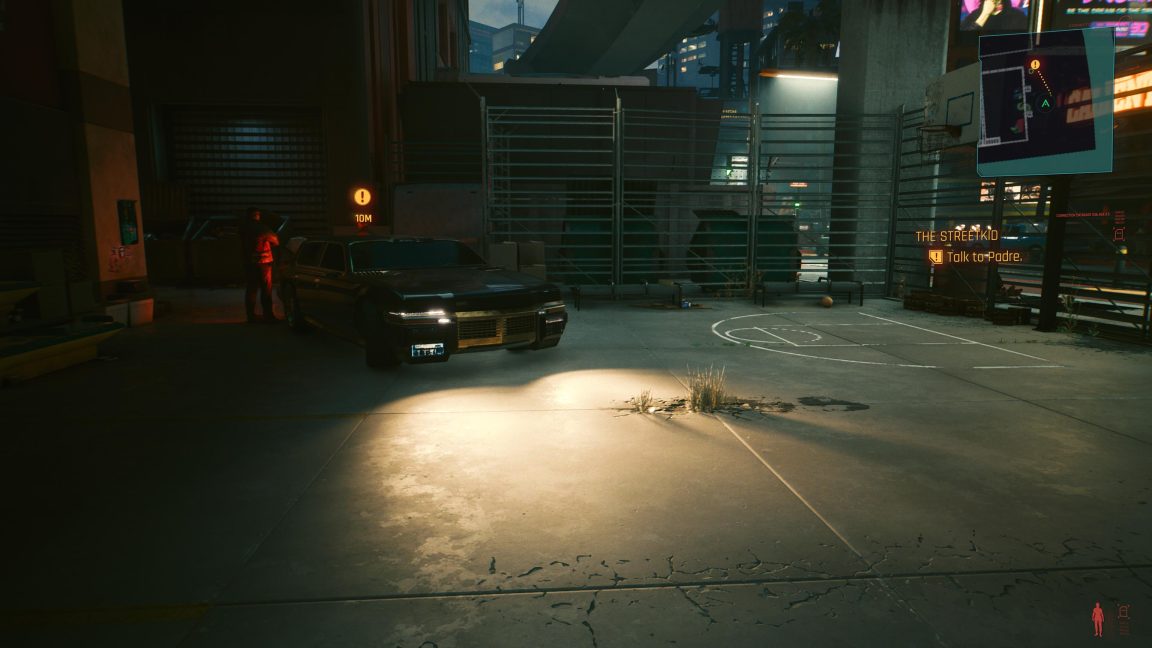With hints in Tom Henderson's article and Cerny's
RT patent that about updated RT capabilities, GPU will most likely move beyond RDNA2.
But I'm more interested to see if they will stick to Zen2. Zen4 would iron out so many CPU-related issues on current games.
PS4 Pro was 20% of all sold PS4 consoles after it released in late 2016, and Sony was happy with that.
PS5 Pro will have same or even smaller ratio of sales [there is no big resolution update push in TV market], but sales will still satisfy new customers "who want the best" and even more importantly core "enthusiast" consumers who spend most on new games. Plus, those who upgrade from base to midgen console usually gift their old console to a family member, thus providing Sony with a new customer who can purchase games/addons.
IMO there are no downsides as long as games made later for base console are without issues. And we saw that PS4 got great game support with stable framerates and advanced tech solutions not only by the time PS5 came, but also after.


